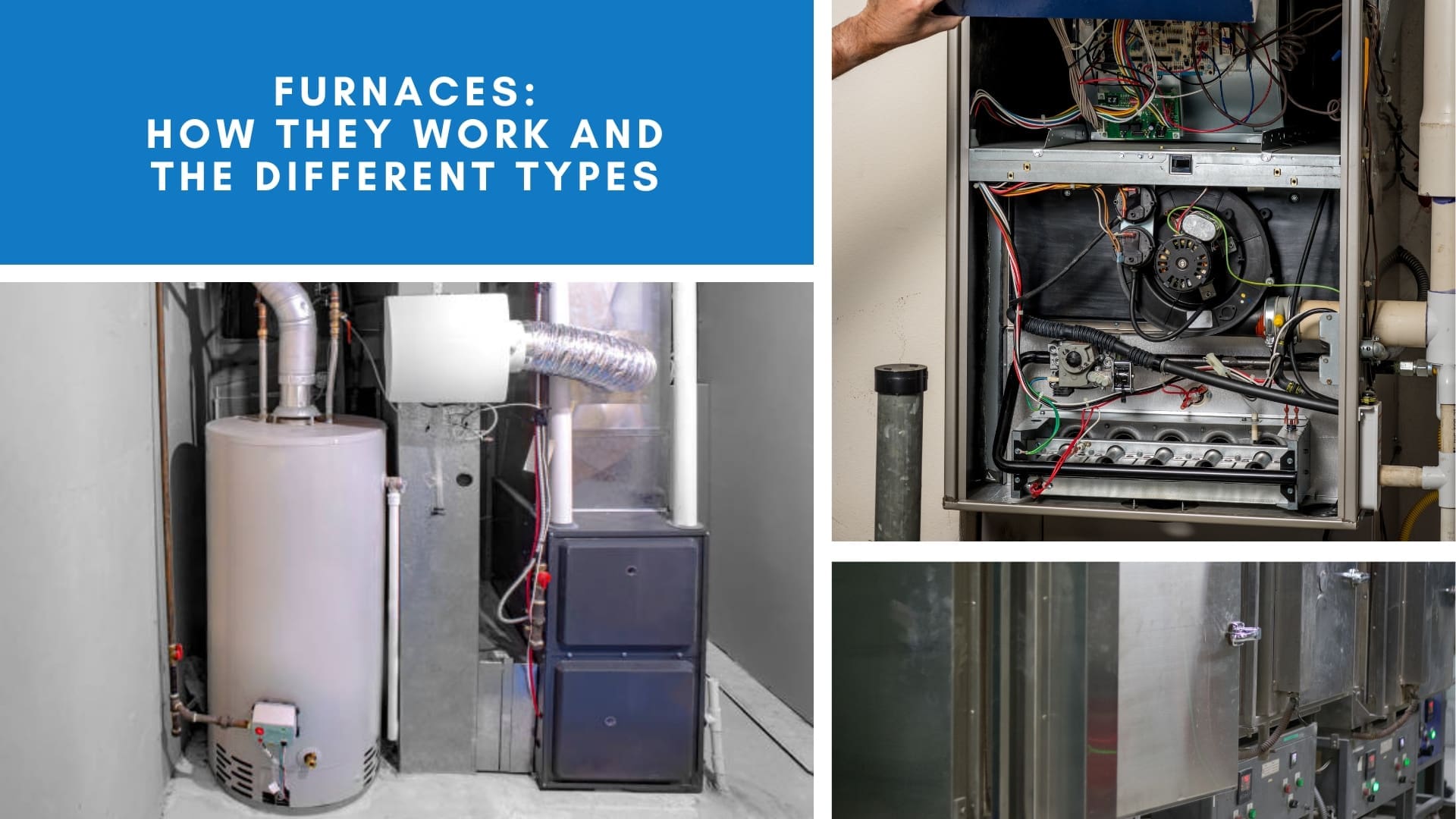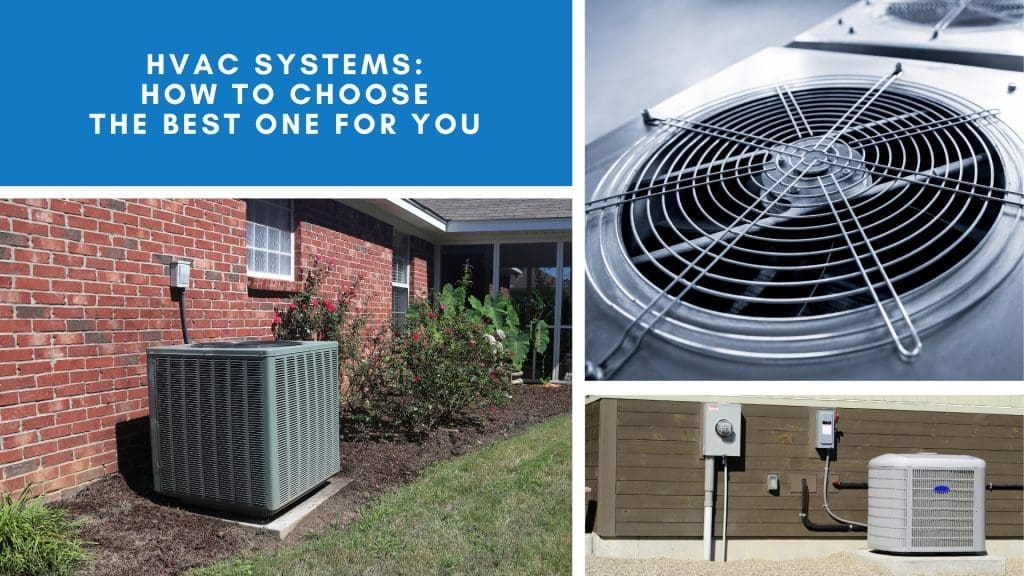It is no secret that heating and cooling your home is one of your biggest expenses. Believe it or not, that starts in winter when you turn on the heat. So first, ensure the furnace works best to keep your family warm. Have you ever considered how furnaces work and what types there are? This article will give you some answers to those questions.
How Do Furnaces Work?
Heating your home with a furnace starts with igniting a fuel, like natural gas or propane. The burner creates a flame that heats up the metal heat exchanger. Once the heat exchanger is hot enough, the furnace starts to push exhaust out of the flue.
The air inside your home is warmed as heat is transferred from a heat exchanger, and then a blower forces warm air into your home’s ductwork. From there, it is distributed evenly throughout your house. The return ducts bring the colder, denser air back to the furnace, where it is heated and circulated again.
Types of Furnaces for Homes and Commercial Buildings
Gas Furnace
These furnaces use natural gasses that are ignited to provide heat. The level of heat can be regulated with an external thermostat. This type of furnace is the most common one used in HVAC systems.
Oil Furnace
Whereas a gas furnace uses gas as its main fuel source, oil furnaces use oil. The oil is first vaporized into a fine mist, then mixed with air. This mixture is then used to ignite burners inside a combustion chamber. The heat generated by the burning process enters a heat exchanger, where it is transferred to the air. That raises the temperature of a space to the level set by a thermostat.

Electric Furnace
Gas furnaces and electric furnaces work in different ways. A gas furnace uses a pilot light to ignite the burners, which heat the air circulated through your home. On the other hand, electric furnaces force air to work similarly to a hairdryer. The heat exchanger sucks air into the system, and the electric heating chamber warms it up. Finally, the blower fan pushes the hot air through the ductwork into your house.
Which Furnace Should You Get?
You must consider a few things before purchasing a furnace system for your home or building. These include the average temperature, costs, square footage, and insulation values. But first, you must determine what is best based on your needs and what you can afford.
Did you know a typical gas furnace can last between 15 and 20 years? That is pretty impressive, especially when comparing it to other furnaces. So, when choosing which type of heating unit to buy for your furnace installation, remember these facts. Units that are too small will have to work harder to maintain an adequate heat level. As a result, it can prematurely age the furnace and lower its service life. That can also lead to higher energy costs.
Good to know that a professional HVAC contractor can help with this decision. They can tell you what needs improvement, such as the insulation, potential air leaks around windows and doors, and any other necessary upgrades. With this guide from an HVAC expert, you should be able to find the best one for your needs.
HVAC Near Me
Determining what type of furnace unit you have can be tricky. However, our HVAC experts will help you figure it out. LC Heating & Air, offers a wide range of heating and cooling products that match your needs and budget. Our HVAC services include furnace repair, air conditioner repair, and more! We are a licensed HVAC company based in Los Angeles, CA, and serve the Fairfax, Hollywood, Santa Monica, Bel Air areas and beyond. Call us today at (818) 858-7080 to see how we can help.


